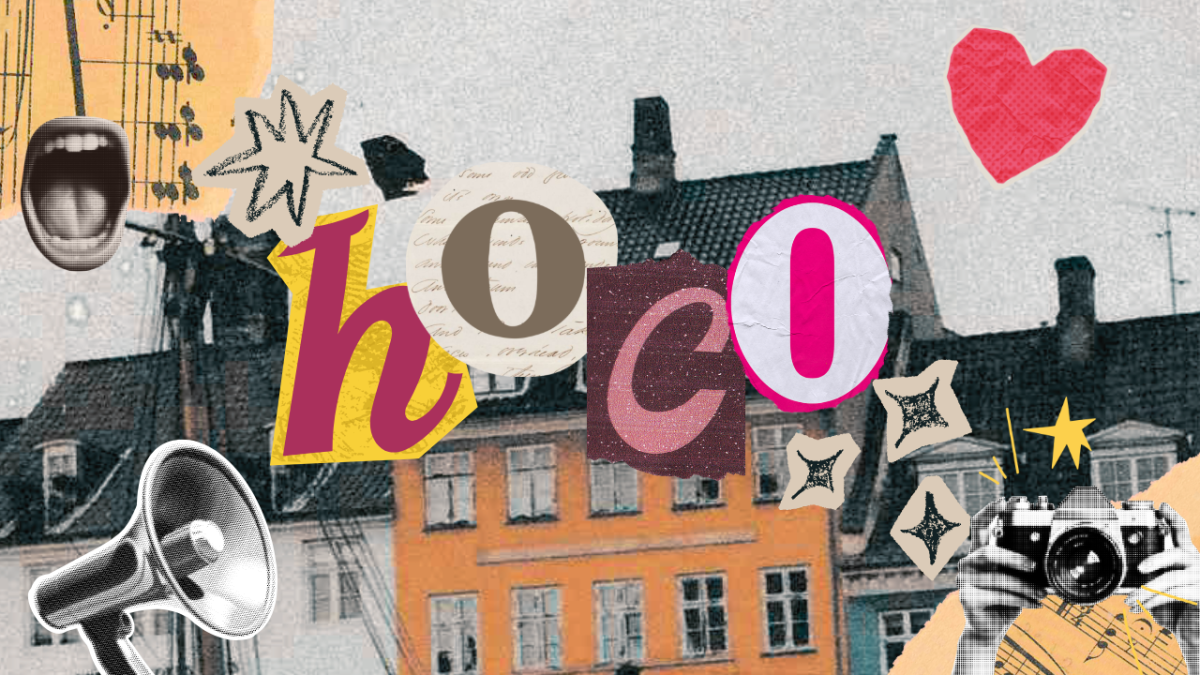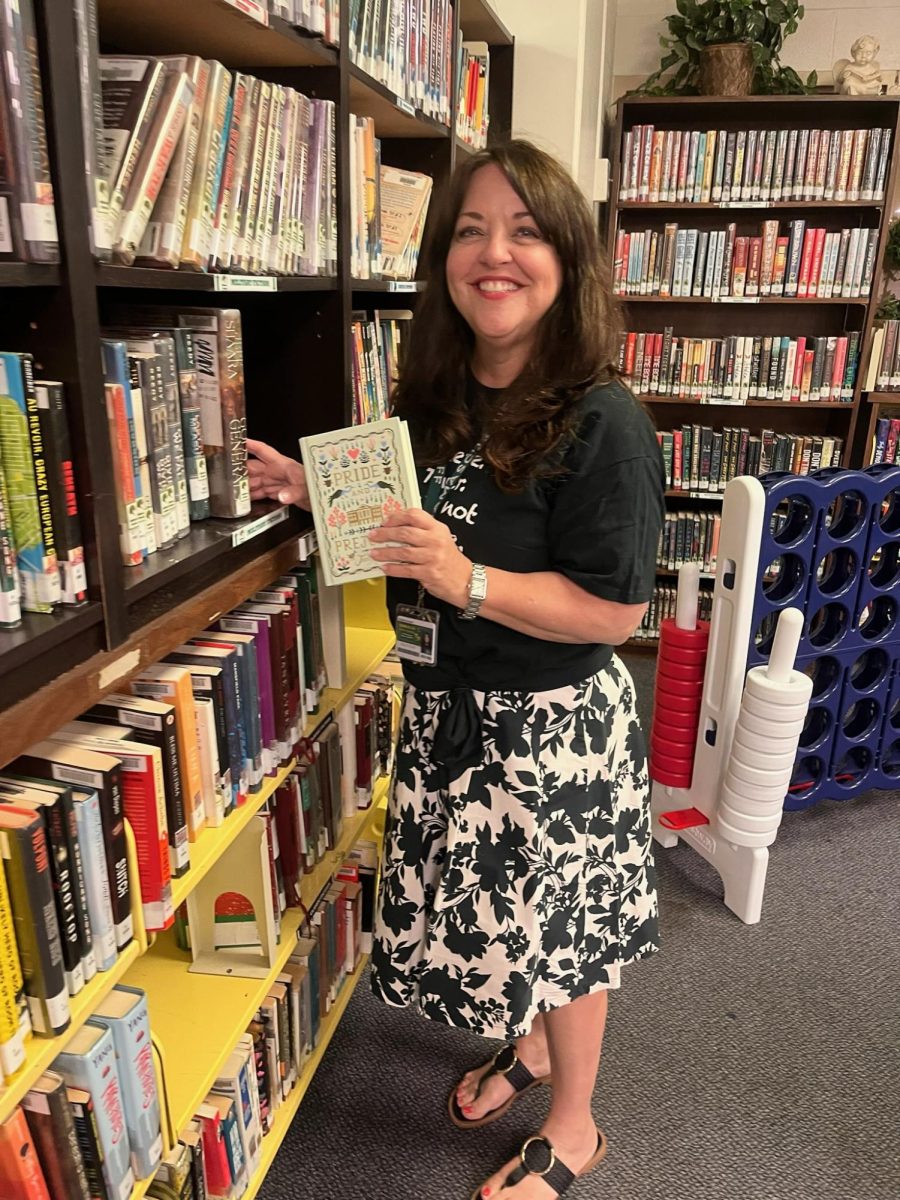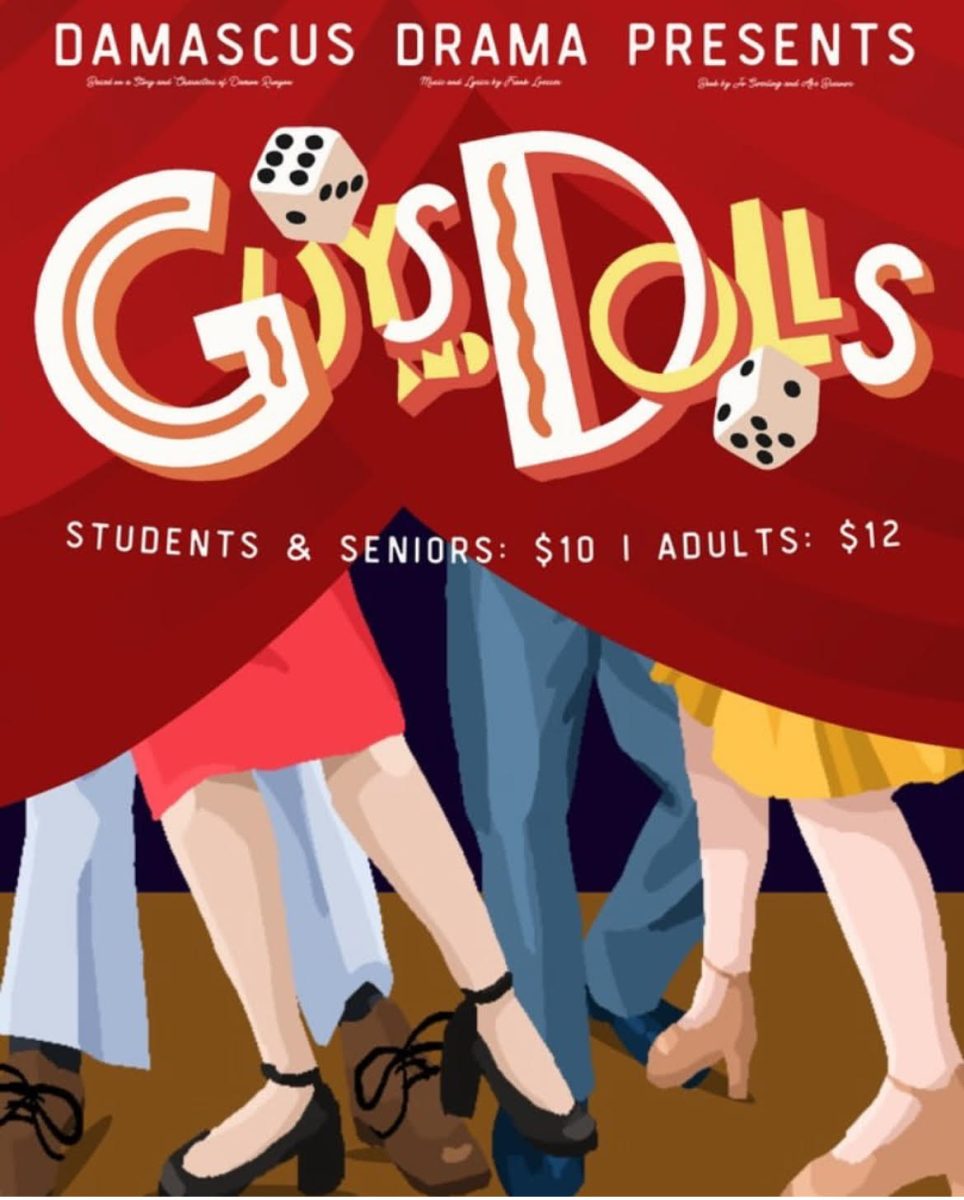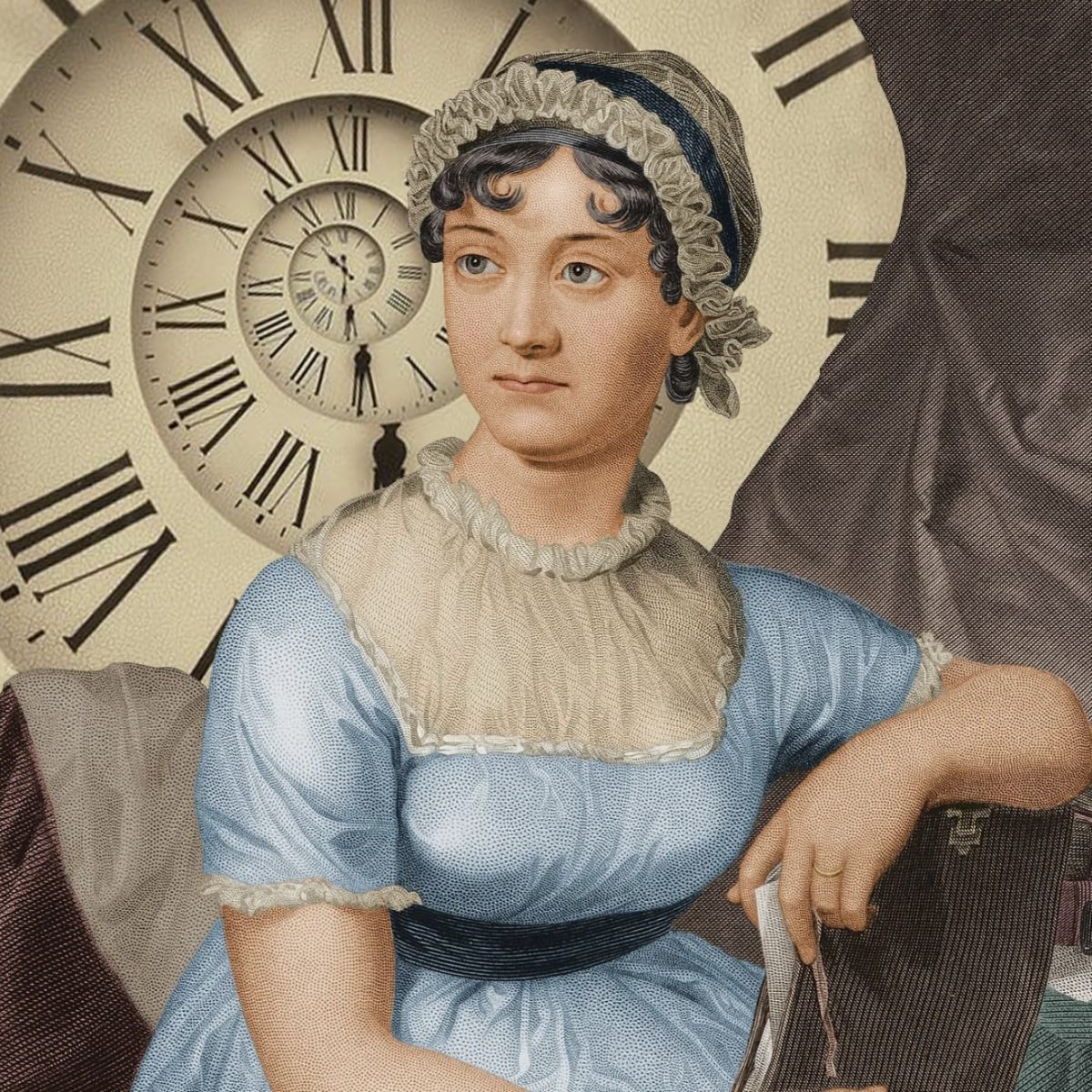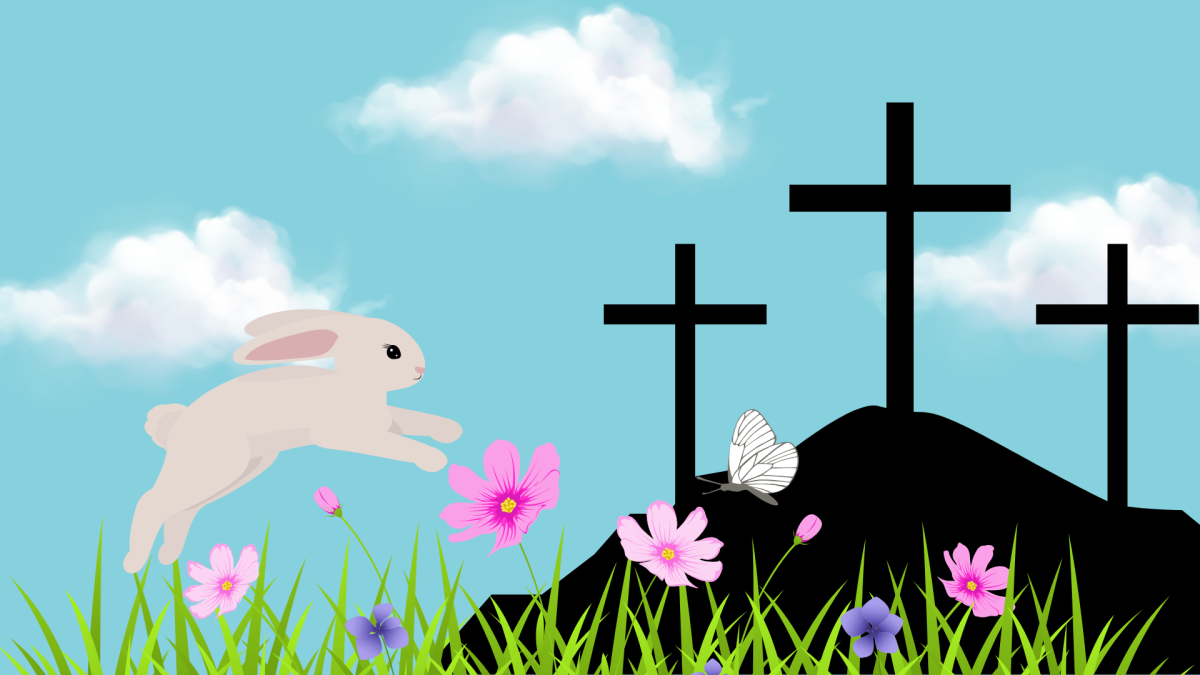Introduction
Over the years, women and different types of creative writing evolved and changed. Women had a major impact on writing over the years and because of women, writing changed because of them as a form of protest and a way to express themselves, here are some women who helped writing in different ways.
Louisa May Alcott – Author and Poet
Born on November 29, 1832, in Germantown, Pennsylvania, Louisa May Alcott was an important figure during the American Civil War. Her most famous work is her novel “Little Women”.
Little Women tells the story of Jo, Beth, Amy, and Meg. Alcott’s sisters and herself inspired the novel; she wrote in her journal after an interview with Thomas Niles, he asked the author if she would ever write a “girl story.” She responded that she “doesn’t enjoy this sort of thing.”
Little Women was a story of her own life with her family, Meg was based on Alcott’s older sister, Anna, and like the story, Alcott and Anna would create small plays and perform them for friends and family.
Jo was based on Alcott herself. People described Alcott as a very active runner and free-spirited until the Civil War, a time she worked voluntarily as a nurse and in that time, got sick of typhoid pneumonia.
Alcott started writing at a young age; she began writing in a journal which her father would help her write on by placing his hand over hers and asking what to write and helping her write it down, a few years later Alcott’s father built her a small desk, which at the time it was improper for a lady to have her desk, that same desk was were she wrote little women. Mike Reiter, a U.S. history teacher at Damascus High School says “It was not common for women to have jobs,” he says “It was common for young unmarried women to have jobs but after they married or became adults, they were supposed to stay at home.”
Beth was inspired by the author’s sister by the same name as her character, Elizabeth. In real life, Elizabeth is not very well known, because in Alcott’s journals, she is the least mentioned, but in the journals, it is said that she loved spending time with her family and sewing. In the story and real life, both people unfortunately got sick with scarlet fever, a sickness that is commonly found in kids between five and fifteen years old. Elizabeth was infected after holding a family friend’s baby when visiting them; she first recovered but died two years later in 1858 at the age of twenty-two.
The youngest sister is Abigail May. Abigail went by her middle name, “May,” but Alcott switched the spelling in Little Women and named the character Amy. After the success of Little Women, Alcott helped pay for May’s art studies in London, Paris, and Rome. In 1877, she started living in Paris with her husband Ernest Nieriker.
Alcott’s writing
Alcott published over thirty books in her career. Her most famous ones were Hospital Sketches, Little Women, Little Men, and Jo’s Boys.
Her first famous novel, Hospital Sketches, was a collection of letters she wrote during her time as a nurse at Georgetown’s Union Hotel Hospital from December 13, 1862, to January 21, 1863. At that time Alcott was also participating in the Boston Commonwealth, an anti-slavery paper that Alcott first published Hospital Sketches, she planned to travel to South Carolina to teach free enslaved people to write letters for future publishing but later abandoned the plan for unknown reasons. In 1864 she published her novel Moods, showing her experience on ‘Women’s right to selfhood’.
Writers continue to find inspiration in Louisa May Alcott’s novels and poems; her actions influenced many women’s futures. Alcott was the first woman to vote in Concord, Massachusetts, and later died in Boston, Massachusetts on March 6, 1888.
Dorothy Thompson- Journalist
Dorothy Celene Thompson was born to Peter and Margaret Thompson in Lancaster, New York, on July 9, 1893. Her mother passed away in 1901, and tension with her stepmother led Thompson to live in Chicago with her father’s sisters. She attended Lewis Institute for two years before transferring to Syracuse University, where she studied politics and economics and graduated in 1914. Unusual for her time, Thompson felt a duty to fight for women’s suffrage, which was the start of her political beliefs.
In June 1920, she became a foreign correspondent in London, submitting articles to the INS. She interviewed Sinn Fein leader Terence MacSwiney, who was later arrested and died on hunger strike, prompting the INS to distribute the interview widely. Thompson then moved to Vienna, becoming fluent in German, and later promoted to chief of the Central European section of the Public Ledger.
Thompson V.S Germany
In 1927, she headed the Berlin Bureau for the New York Evening Post, witnessing the rise of the Nazi Party. Peter Kurth noted her as the “undisputed queen” of the overseas press corps. In the early 1930s, she interviewed Adolf Hitler, which inspired her book, “I Saw Hitler.” In it, she wrote, “The interview was difficult because one cannot carry on a conversation with him” and “He speaks always as though he were addressing a mass meeting… He gives the impression of a man in a trance.” Her critical articles led to her expulsion from Germany on August 25, 1934, when a Gestapo agent delivered an expulsion order at her hotel. Thompson left the next day, receiving farewell visits and American Beauty roses from fellow journalists. Her expulsion garnered international attention, including a front-page story in the New York Times.
Sylvia Plath – Poet and Author
Sylvia Plath was born on October 27, 1932, in Boston Massachusetts to Austrian-German immigrant parents.
A week after Plath’s eighth birthday, Otto Plath, Plath’s dad, died due to complications after an amputation of his foot because of diabetes. After his death, Plath’s mother moved with her kids to Wellesley, Massachusetts.
Plath first published at age eight often called the “8-year-old-poet” or just “Poem”. At age eleven, Plath began writing a journal on January 1, 1944. Plath attended Bradford Senior High School, which is now named Wellesley High School, and graduated in 1950. She published her first national publication in The Christian Science Monitor, and, shortly after graduating in 1950 she attended Smith College. Smith College is a private women’s liberal arts college in Massachusetts, while at Smith College, she lived in the Lawrence house. While there, she edited the Smith Review and after her third year there, plath was awarded a position as guest editor at the Mademoiselle magazine which made her spend a month in New York. Her experience in New York was nothing like what Plath thought it would be like and her experiences would be a later inspiration for her future novel, “The Bell Jar”. It is reported that Plath was extremely angry after not being at a meeting that the Mademoiselle Magazine, Cyrilly Abels had arranged with Welch poet Dylan Thomas, which Plath loved “more than life itself”, according to one of her boyfriends. It was also said that around this time was Plath’s first documented suicide attempt.
After surviving her first attempt, she wrote that she “blissfully succumbed to the whirling blackness that I honestly believed was eternal oblivion”. She then spent the next six months in a mental health facility, where she received electric shock therapy and insulin shock treatment under the supervision of Ruth Beuscher. Sylvia Plath’s time at McLean Hospital and her Smith scholarship was funded by the author Olive Higgins Prouty, who had also experienced her mental health struggles. As noted by Plath’s biographer, Andrew Wilson, Olive Higgins Prouty wasn’t shy about confronting Dr. Tillotson regarding the poorly handled electroconvulsive therapy (ECT), holding him partly accountable for Sylvia’s attempt to take her own life.
In January 1955, Plath seemed to make a good recovery and returned to college, and a year later met Ted Hughes on February 25, 1956, she described him as “a singer, story-teller, lion and world-wanderer” with “a voice like the thunder of God” and the couple later got married in June 1957 at St. George with Plath’s mother as their wedding witness, but later things would be going downhill with the couple, starting in February 1961, four years after their marriage Plath had a miscarriage, later it would be known in a letter to Plath’s therapist that the reason to that miscarriage happened would be because of Hughes beat her two days prior. Two years later, now with two and one-year-old kids and after Plath’s divorce, Plath, unfortunately, killed herself while her kids slept through the inhalation of natural gas.
Plath’s effect on modern time
Plath had a huge impact on modern poetry and mental health awareness, a term called “The ‘Sylvia Plath’ effect” which is a term related that poets are more likely to have some sort of mental illness. This term was invented by psychologist James C. Kaufman, in 2001. After a study of 1,629 writers were analyzed for signs of mental illness and the majority were female poets rather than any other types of writing.
Lauren Graham -Actor and Author
Lauren Graham was born on March 16, 1967, in Honolulu, Hawaii to fashion buyer Donna Grant and candy industry lobbyist Lawrence Graham. When Graham’s dad worked for the United States Agency for International Development (USAID) in Vietnam, she had the opportunity to live in Japan for a few years. Her mom also grew up in Japan as the daughter of a missionary. When she was five, her parents got divorced and moved to Virginia with her dad who had become a congressional staffer, and her mother left to pursue her singing career and lived in London until her unfortunate death in 2005. Because of living with her full time, Graham had a close relationship with her dad, “I thought I kind of had it best. My dad has a very mellow way about him and I was a self-starter as a kid. I liked a certain amount of being on my own. It just worked great for me.”
Her start as an actor and author
After her college graduation, Graham moved to New York and worked as a waitress and as a tutor teaching SAT prep for The Princeton Review, but her dream as always was to act so in 1995 she moved to Hollywood and appeared in multiple commercials such as Cascade dishwasher detergent, Dimetapp, AT&, T, and Lean Cuisine and also hosted free preview weekends on The Movie Channel.
In 2000 she became famous for her role in “Gilmore Girls” as Lorelai Gilmore, a mom raising her teenage daughter in a small Connecticut town. “To me, this was one of the first times that I looked at something and I was like, ‘It’s serious and it’s funny! It’s deep and it’s light,’ especially then, I had never seen before” she said about the show and after becoming very famous and getting roles in movies like “The Pacifier”, “The Answer Man”, and “Cloudy with a Chance of meatballs.”
Her debut novel, Someday, Someday, Maybe was released by Ballantine Books on April 30, 20,13 and that same book entered the New York bestseller list that May three years later, she published her autobiography “Talking as Fast as I Can: from Gilmore Girls to Gilmore Girls (and Everything in Between)” which also became a new york bestseller, and six years later she published “Have I Told You This Already?: Stories I Don’t Want to Forget to Remember” in November 2022.
Taylor Swift – Singer-Songwriter, Actress, Director.
Taylor Alison Swift was born on December 13, 1989, in Reading, Pennsylvania, to Scott and Andrea Swift. She grew up on a Christmas tree farm and developed a passion for music at a young age, inspired by artists like Shania Twain and the Dixie Chicks. At eleven, she traveled to Nashville with her mother, handing out demo CDs to record labels, hoping for a chance, but was rejected. Determined, she learned to play guitar at twelve and started writing her songs. A year later, her family moved to Hendersonville, Tennessee, so she could be closer to the country music scene.
Swift’s rise to fame
At fourteen, Swift became the youngest artist signed by Sony/ATV Music Publishing, and in 2006, she released her self-titled debut album. Her first hit, Tim McGraw, was inspired by a high school romance. Her second album, Fearless, featured Love Story and You Belong With Me, two songs that gained her worldwide recognition. At nineteen, she became the youngest artist to ever win Album of the Year at the Grammys.
Swift’s music evolved. She started in the country, but her 2014 album 1989 marked her transition into pop, with songs like Shake It Off and Blank Space. Later, she experimented with indie-folk in Folklore and Evermore, both released in 2020. Each album reflected a different part of her life, making her music personal and relatable to fans.
Swift’s impact on songwriting
Swift is known for writing songs based on real experiences, making her one of the most personal and expressive songwriters of her generation. Many of her songs tell stories about love, heartbreak, and self-discovery, and her ability to connect with listeners through lyrics has inspired a new generation of artists.
Aside from music, Swift has also fought for artists’ rights, taking a stand against unfair treatment in the music industry. She has spoken out about issues like women’s rights and LGBTQ+ rights, using her platform to create change. Through her music and activism, Swift continues to be one of the most influential artists of her time.
Conclusion
Throughout history, female writers have used their voices to challenge norms, tell powerful stories, and inspire future generations. From Louisa May Alcott’s storytelling to Dorothy Thompson’s fearless journalism, Sylvia Plath’s raw poetry, Lauren Graham’s witty reflections, and Taylor Swift’s deeply personal songwriting, these women have shaped literature, media, and culture in unique ways. Their words have not only entertained but also empowered, proving that writing is more than just ink on a page—it is a tool for change, expression, and connection. As new generations of writers continue to emerge, the legacy of these women will live on, reminding the world of the power of creativity and the importance of having every voice heard.

